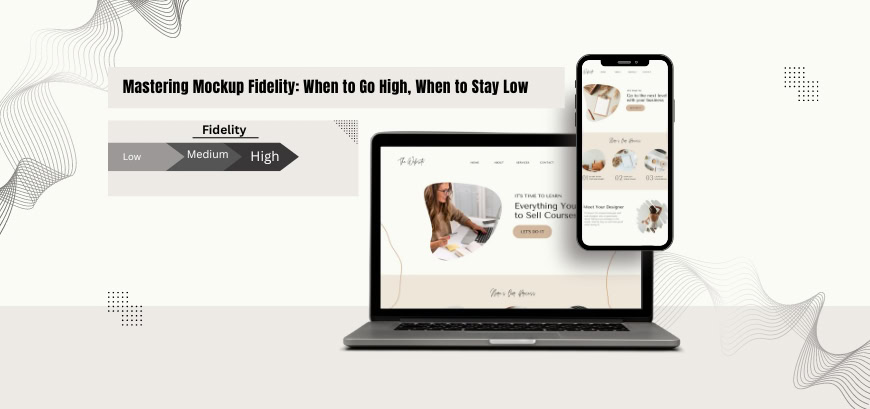What is Design Thinking?
Design Thinking is a problem-solving framework that emphasizes a human-centred approach to innovation. In contrast to other brainstorming methods, design thinking takes a unique approach by first empathetically observing and understanding human needs before embarking on the ideation process. The process of design thinking is derived from the methods used by designers, architects, and engineers to solve problems, and it can be applied to a wide range of challenges, not just design-specific ones. In recent years, IDEO, a design consultancy, has popularized the process as an alternative to purely analytical problem-solving approaches. It is needed in various job roles like web development and digital marketing.
According to Tim Brown, the CEO of IDEO, design thinking is defined as “a human-centred approach to innovation that draws from the designer’s toolkit to integrate the needs of people, the possibilities of technology, and the requirements for business success.” The ultimate goal is to improve lives by finding creative solutions to problems, with a focus on putting people and their needs first.
What are its 5 stages?
The design thinking process consists of five stages, which form a cyclical and iterative framework:
- Empathize: This stage involves gaining an empathetic understanding of the problem by observing and researching users. It requires setting aside assumptions and gaining real insight into users and their needs.
- Define: During this stage, the information gathered in the empathize stage is carefully analyzed and synthesized. The goal is to define the core problems, generate problem statements, and potentially create personas, all with the aim of maintaining a human-centred approach.
- Ideate: The ideation stage focuses on generating as many ideas as possible. Building upon the knowledge gained in the previous stages, the team “thinks outside the box” and looks for innovative solutions to the defined problem. Brainstorming is a useful technique during this stage.
- Prototype: This stage involves creating scaled-down versions or representations of the potential solution(s) identified in the ideation stage. Prototypes, whether physical or digital, are utilized for idea exploration and testing, enabling experimentation and learning.
- Test: In the final stage, evaluators rigorously test the prototypes. The results are used to gather feedback and insights, which can lead to further iterations, refinements, and alterations. Design thinking is an iterative process, and teams may revisit previous stages based on the testing outcomes.
What are its five core principles?
The five core design principles are:
- Balance: Creating visual appeal by achieving symmetrical, asymmetrical, or radical balance in a design.
- Alignment: Establishing a sense of order and direction to guide the viewer or user through the design or product.
- Proximity: Communicating the relationship between elements. Proximity suggests relatedness or connection, while greater distance implies separation.
- Repetition: Creating a feeling of organization and consistency by repeating design elements throughout the product or visual composition.
- Contrast: Highlighting specific elements or components by setting them apart from the rest of the design. Contrast adds visual interest and draws attention to important areas.
Why is Design Thinking of such great significance?
The value of design thinking as a catalyst for global business improvement (acknowledged by industry giants like Google, Apple, and Airbnb) parallels its popularity as a prominent subject in esteemed international universities. Design thinking empowers teams to cultivate groundbreaking solutions, enabling them to uncover profound insights and employ a range of practical approaches to discover innovative responses.
Advantages of Design Thinking Compared to Traditional Problem-Solving
Design thinking transcends the boundaries of design expertise. Instead, it embodies a mindset that you and your team can embrace during collaborative ideation sessions. According to IDEO, teams that engage in frequent brainstorming sessions have a higher likelihood of accomplishing their objectives. Implementing design thinking offers a structured and straightforward approach to tackling complex problems and arriving at clear and effective solutions.
These design principles can be helpful during the ideation and prototyping phases of a design thinking process, even if you’re not a professional designer.
I hope this information is helpful to you!





